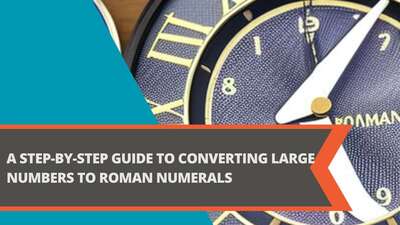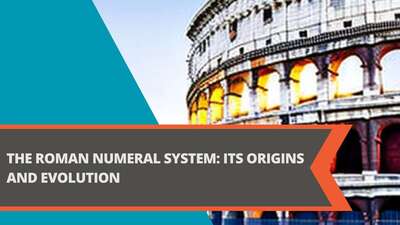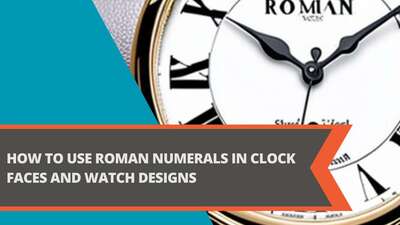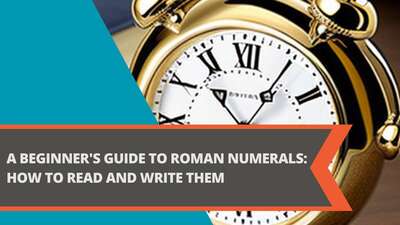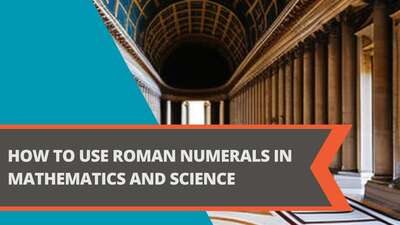How to Convert Decimal to Binary: An Easy-to-Follow Tutorial
- Understanding Decimal and Binary
- Converting Decimal to Binary
- Converting Fractional Decimal to Binary
- Tips and Tricks
- FAQ
- What is decimal?
- What is binary?
- What is the easiest way to convert decimal to binary?
- How do you convert a fractional decimal to binary?
- What is the use of binary numbers?
- What is the difference between decimal and binary?
- Conclusion
- References
Converting decimal to binary is an essential skill for anyone who works with computers or wants to understand how they work. It may seem daunting at first, but with the right approach, it is a simple process. In this tutorial, we will cover the basics of decimal to binary conversion, including how it works and how to do it step by step. We will also provide some tips and tricks to make the process easier and faster. By the end of this tutorial, you will be able to convert decimal to binary with confidence.
Understanding Decimal and Binary
Before we dive into the conversion process, let's first understand what decimal and binary are. Decimal is the base-10 number system that we use in our everyday lives. It has ten digits from 0 to 9, and each digit represents a value that is ten times greater than the previous digit. For example, in the number 543, the digit 5 represents 500, the digit 4 represents 40, and the digit 3 represents 3.
Binary, on the other hand, is the base-2 number system that computers use. It has only two digits, 0 and 1, and each digit represents a value that is two times greater than the previous digit. For example, in the binary number 1010, the first digit from the right represents 1, the second digit represents 2, the third digit represents 4, and the fourth digit represents 8.
Converting Decimal to Binary
Now that we have a basic understanding of decimal and binary, let's move on to the conversion process. The easiest way to convert decimal to binary is to use the division method. Here are the steps:
- Divide the decimal number by 2.
- Write down the quotient and the remainder.
- Divide the quotient by 2 again.
- Write down the new quotient and remainder.
- Repeat steps 3 and 4 until the quotient is 0.
- Write the remainders in reverse order.
Let's illustrate this process with an example. Let's convert the decimal number 25 to binary:
- 25 ÷ 2 = 12 remainder 1
- 12 ÷ 2 = 6 remainder 0
- 6 ÷ 2 = 3 remainder 0
- 3 ÷ 2 = 1 remainder 1
- 1 ÷ 2 = 0 remainder 1
Now, we write the remainders in reverse order, starting from the bottom:
2510 = 110012
That's it! We have successfully converted the decimal number 25 to binary.
Converting Fractional Decimal to Binary
So far, we have only covered the conversion of whole decimal numbers to binary. But what if we have a decimal number with a fractional part? In this case, we can use the multiplication method. Here are the steps:
- Take the fractional part of the decimal number.
- Multiply it by 2.
- If the result is greater than or equal to 1, write down a 1 and subtract 1 from the result. Otherwise, write down a 0.
- Repeat steps 2-4 until the result is 0 or until you have the desired number of binary digits.
Let's illustrate this process with an example. Let's convert the decimal number 0.625 to binary:
- 0.625 × 2 = 1.25 (write down 1)
- 0.25 × 2 = 0.5 (write down 0)
- 0.5 × 2 = 1.0 (write down 1)
Since we have reached a result of 1, we can stop the process. Now, we write down the binary digits we have obtained:
0.62510 = 0.1012
That's it! We have successfully converted the fractional decimal number 0.625 to binary.
Tips and Tricks
Here are some tips and tricks to make the decimal to binary conversion process easier and faster:
- Use a calculator with a binary conversion function. Most scientific calculators have this feature, and it can save you a lot of time and effort.
- Memorize the powers of 2 up to a certain point. This will help you quickly determine the value of each binary digit in the conversion process.
- Group the binary digits into sets of four for easier readability. This is especially useful when working with long binary numbers.
FAQ
Here are some frequently asked questions about decimal to binary conversion:
What is decimal?
Answer: Decimal is the base-10 number system that we use in our everyday lives. It has ten digits from 0 to 9, and each digit represents a value that is ten times greater than the previous digit.
What is binary?
Answer: Binary is the base-2 number system that computers use. It has only two digits, 0 and 1, and each digit represents a value that is two times greater than the previous digit.
What is the easiest way to convert decimal to binary?
Answer: The easiest way to convert decimal to binary is to use the division method. Divide the decimal number by 2, write down the quotient and remainder, and repeat until the quotient is 0. Write the remainders in reverse order to obtain the binary equivalent.
How do you convert a fractional decimal to binary?
Answer: To convert a fractional decimal to binary, use the multiplication method. Take the fractional part of the decimal number, multiply it by 2, and write down a binary digit based on whether the result is greater than or equal to 1. Repeat this process until the result is 0 or until you have the desired number of binary digits.
What is the use of binary numbers?
Answer: Binary numbers are used in computer systems to represent and process data. They are the basic building blocks of digital information and can be used to store, transmit, and manipulate information in a computer.
What is the difference between decimal and binary?
Answer: The main difference between decimal and binary is the number of digits they use and the base value of those digits. Decimal has 10 digits (0-9) and uses a base value of 10, while binary has only 2 digits (0-1) and uses a base value of 2.
Conclusion
Converting decimal to binary may seem daunting at first, but with practice and the right techniques, it can become second nature. Whether you are working with whole numbers or fractions, the division and multiplication methods can help you quickly and accurately convert decimal to binary. So the next time you encounter a binary problem, you can confidently convert it to decimal and vice versa. Remember, the key is to take your time and stay organized. Happy calculating!
References
Here are some resources that you may find useful when learning more about decimal to binary conversion:
These resources offer step-by-step guides, practice problems, and visual aids to help you better understand the process of converting decimal to binary. Happy learning!
